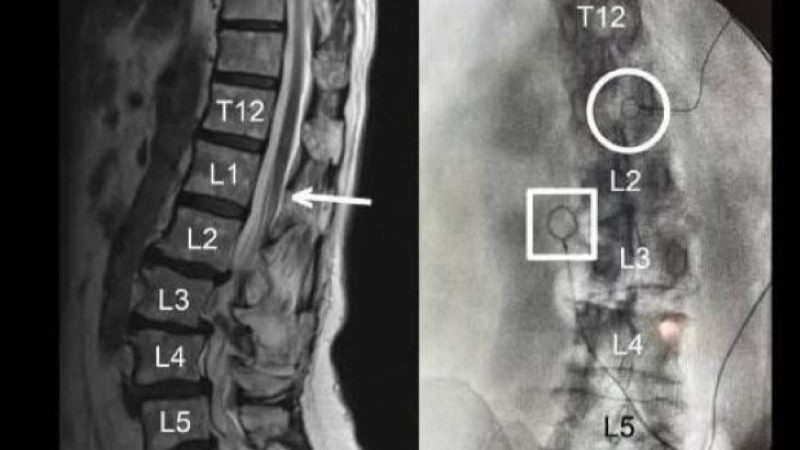
A new report issued by the Centers for Disease Control and Prevention (CDC) observed a decline in opioid prescriptions across almost a dozen states.
Drug overdoses claimed the lives of more than 70,000 persons in the U.S. in 2017, according to the analysis; a third of these deaths were related to opioids. A historical trend has been observed between the opioid epidemic and an increase in opioid prescriptions.
“Various factors contributed to the increase in opioid prescribing, including changing attitudes toward the role of opioids in chronic pain management, calls for more liberal use of opioids by professional pain management societies, and state regulations that have encouraged the use of opioids for chronic pain management,” the report explains.
When broken down by specialty, orthopedic surgeons prescribe about 11% of opioids, even though there are only about 30,500 orthopedic surgeons among more than 1 million doctors in the U.S.; this is largely because orthopedic surgeons perform significantly painful procedures.
The data for the analysis were obtained from the Prescription Behavior Surveillance System (PBSS). PBSS was formed in 2011 and is a collaborative effort between the Bureau of Justice Assistance, CDC’s Unintentional Injury Center, Food and Drug Administration’s Safe Use Initiative, and Prescription Drug Monitoring Program Training and Technical Assistance Center at Brandeis University. The goal of the PBSS was to “track rates of prescribing of controlled substances and possible misuse of such drugs using data from selected state prescription drug monitoring programs (PDMP),” according to the CDC. Data calculated using PDMP data include:
- Opioid prescribing
- Average daily opioid dosage
- Proportion of patients with daily opioid dosages ≥90 morphine milligram equivalents
- Overlapping opioid prescriptions
- Overlapping opioid and benzodiazepine prescriptions
- Multiple-provider episodes
The analysis included PBSS data spanning 2010–2016 encompassing 11 states, representing about 38.0% of the national population. State calculations were performed for average quarterly percent changes (AQPC) in the rates of opioid prescribing as well as possible misuse.
Opioid Prescriptions Declining Across the Board
In all 11 states evaluated during the study period, opioid prescribing rates declined (range, 14.9–33.0%). The lowest daily dosage declines were observed in Idaho and Maine (AQPC=-0.4%), and the highest in Florida (AQPC=-1.6%). AQPCs for the percentage of patients with high daily dosage ranged from -0.4% in Idaho to -2.3% in Louisiana. For the seven states where multiple-provider episode data were available, rates declined by at least 62%.
The analysts concluded, “PDMP data collected by PBSS indicate that steady progress is being made in reducing the use and possible misuse of prescription-controlled substances in the United States. However, some persons who were misusing prescription opioids might have transitioned to heroin or illicitly manufactured fentanyl, a change that has made the drug overdose epidemic and associated overdose rates more complex. Because the opioid overdose epidemic began with increased deaths and treatment admissions related to opioid analgesics in the late 1990s, initiatives to address overprescribing might eventually result in fewer persons misusing either prescription or illicit drugs.”







 © 2025 Mashup Media, LLC, a Formedics Property. All Rights Reserved.
© 2025 Mashup Media, LLC, a Formedics Property. All Rights Reserved.